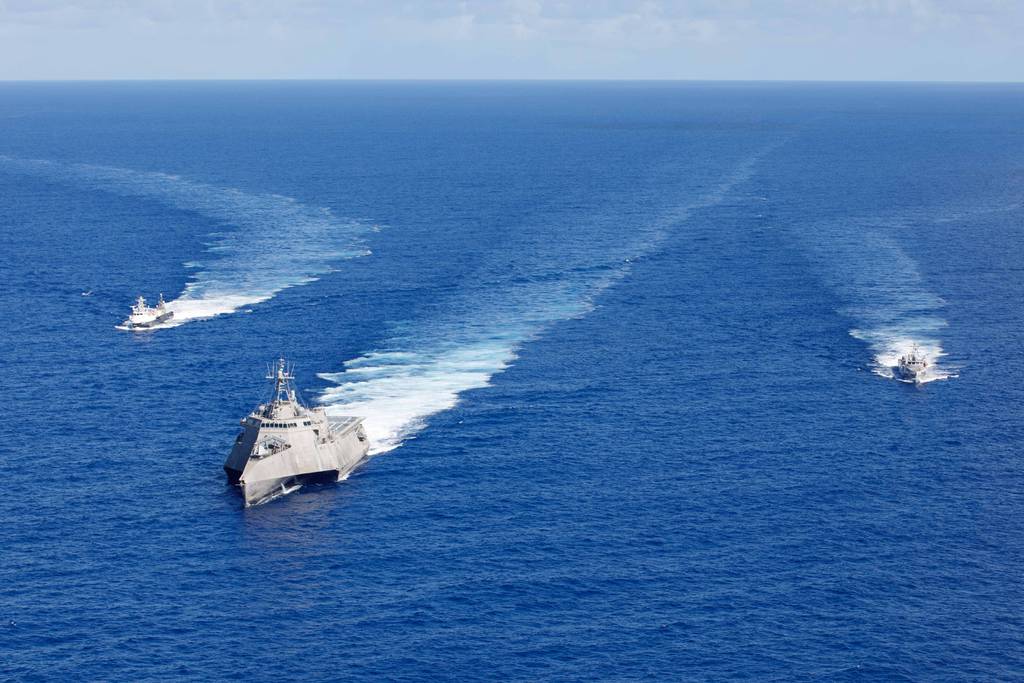
The Navy’s top acquisition official told lawmakers this week his service has three projects — including one from the Marine Corps — involved in Replicator, a Pentagon effort to quickly field large numbers of uncrewed systems.
“The Navy has been very supportive of Replicator,” Nickolas Guertin, assistant Secretary of the Navy for research, development and acquisition, said at a May 15 hearing. “We actually brought two Navy, one Marine Corps project to the first tranche of replicator in partnership with the [Office of the Secretary of Defense.]”
It wasn’t immediately clear whether Guertin meant that the service had proposed three projects or that all were selected. A Navy spokesman refused to clarify his statement or comment further on the systems, as did a spokesman for Deputy Secretary of Defense Kathleen Hicks, who’s leading Replicator.
While new details have trickled out in recent weeks, the Pentagon has been light on specifics about Replicator, which promises to create a repeatable process to buy urgently needed commercial technology. The first iteration is a push to field thousands of drones by the spring or summer of 2025, within 18 to 24 months of the program’s start.
The program has selected the systems it will buy as part of Replicator’s first tranche, which will lean heavily on existing production lines and programs that have already begun within the services. Hicks confirmed in a statement last week that AeroVironment’s Switchblade 600, which the Army is already buying, will be part of the first round of Replicator.
No other systems have been announced, though Hicks said there will be a set of counter-drone capabilities and some uncrewed surface vessels included in the first tranche. The maritime systems are part of a Defense Innovation Unit program called Production-Ready, Inexpensive, Maritime Expeditionary, or PRIME.
DIU — which is playing a key role in helping coordinate Replicator — expects to award contracts as soon as this summer.
Guertin and other Pentagon acquisition officials told lawmakers it helps to have Hicks’ office behind Replicator. However, they stressed that in order to achieve the program’s broader goals, that high-level leadership must be tightly coupled with the bottom-up elements of the military services, which control much of the acquisition and fielding process.
Doug Bush, assistant secretary of the Army for acquisition, technology and logistics, said that’s especially true given the program’s focus on fielding systems in large numbers.
“When it comes to scale, the most productive efforts are ones that are paired with the services, meaning they are collaborative and cooperative with a clear path to us,” he said. “There needs to be a service partner identified in advance before the money gets too big.”
That partnership is not only about finding a means to buy a new item, said Bill LaPlante, undersecretary of defense for acquisition and sustainment. There must be a plan for how a service partner will incorporate it into its doctrine and operational concepts, he stressed.
That plan should extend beyond initial procurement to long-term sustainment support, according to Guertin.
“When we’re looking at these kinds of initiatives, we want to make sure we carry forward the sustainability and support work to make sure that our soldiers, sailors, airmen, Marines, guardians can actually use this stuff in a reliable way when they need to in a fight,” he said.
Author: Courtney Albon
Source: DefenseNews



